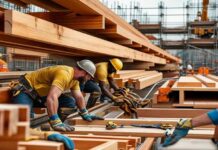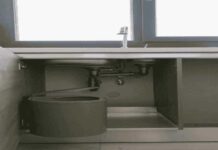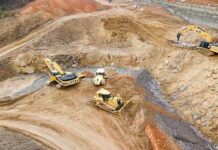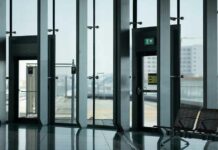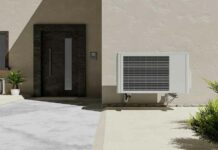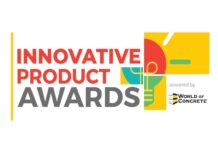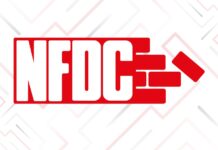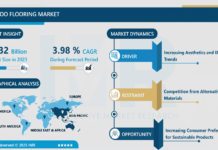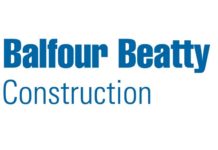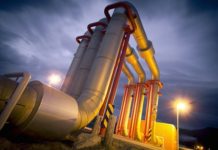Running a restaurant demands flawless operations, and plumbing is one system that cannot afford to fail. A single burst pipe or contaminated water line can take out service, cause health violations, or cost thousands of dollars to repair. While emergencies are not preventable, a preventive maintenance program can remove hazards, save money, and maintain safety compliance. Below are the primary areas restaurant owners must address to prevent most plumbing-related disruptions.
Schedule Regular Backflow Prevention Testing
A serious health risk manifests when contaminated water flows backward into clean water supply lines in restaurant operations. This is called backflow, and it originates from uneven pressures alongside faulty valves or links between different water systems. Municipal water pressure drops create the risk of wastewater returning through sinks or dishwashers, resulting in pollution in the drinking supply and kitchen areas.
Restaurants should install and regularly test backflow prevention devices, including reduced pressure zone (RPZ) and double-check valves, to prevent such occurrences. Health departments impose annual checks based on existing regulations, but commercial kitchens that operate at peak volumes must undergo testing more often since they use water continuously.
An evaluation of these systems by a certified plumber ensures dependability and adherence to standards. Skilled technicians assess the equipment for leaks and confirm the performance of the valves before potentially modifying calibration settings. Proactive strategies intended to prevent penalties also protect restaurant patrons and staff from waterborne illnesses, making backflow prevention crucial for the restaurant’s safety.
Monitor Water Pressure and Pipe Condition
When water pressure becomes unbalanced, it indicates future plumbing issues beyond a small inconvenience. High water pressure stresses pipe systems, connections, and fittings, raising the risk of breaks and leaks. Low water pressure, on the other hand, affects service efficiency. Prolonged fluctuations in water pressure can damage plumbing systems, which impact buildings with materials that rust easily, such as galvanized steel or copper.
Install pressure regulators to maintain the best water flow. These regulators control the pressure level, which, in most restaurant systems, should typically be between 40 and 60 PSI. Check the pipes annually for rust, mineral deposits, or hairline cracks. Thermal imaging, moisture meters, and advanced diagnostics tools can even be employed to find hidden leaks behind walls or floors before the deterioration advances into costly pipe replacement or emergency leak repair.
Proactively Maintain Specialized Equipment
Restaurants use specialized plumbing devices, such as garbage disposals, grease traps, and commercial dishwashers. Preventive maintenance saves money on downtime and common restaurant plumbing repairs. Minerals in hard water can block dishwashers and lower heating efficiency. Monthly vinegar or commercial solution descaling prevents clogs, and quarterly checks of spray arms and seals identify wear early on, preventing breakdowns during service.
Grease traps often cause various problems. Frequent pumping based on kitchen usage stops fats, oils, and grease (FOG) from blocking drains, which can lead to smells, backups, or penalties. Educating employees on the correct disposal of grease reduces risks even more.
Garbage disposals need daily cleaning to eliminate residue and monthly inspections for dull blades or motor stress. Refrain from overloading disposals or grinding tough materials such as celery or potato skins, as these frequently lead to clogs. Promptly changing out worn blades guarantees seamless functioning. With active management of these systems, restaurants can avoid disruptions, prolong equipment life, and minimize repair expenses.
Endnote
Preventive maintenance for plumbing is vital to restaurant success. In a sector where downtime is directly linked to revenues, preventative plumbing maintenance is an investment in stability over the long haul. Restaurant owners should prioritize backflow protection, monitoring of water systems, and equipment maintenance. Routine maintenance leads to health code compliance, protects staff and customers, and increases the lifespan of important systems.



